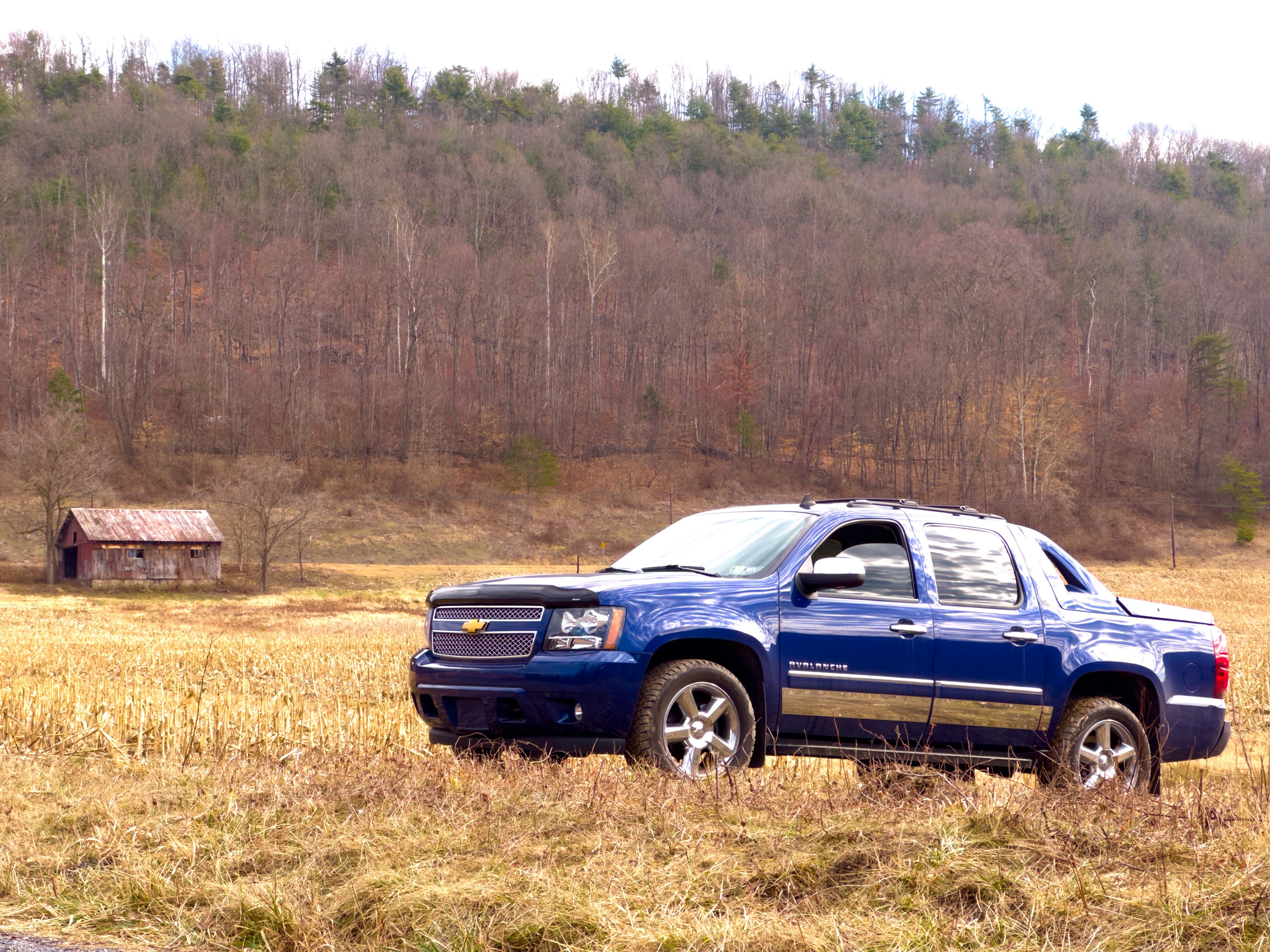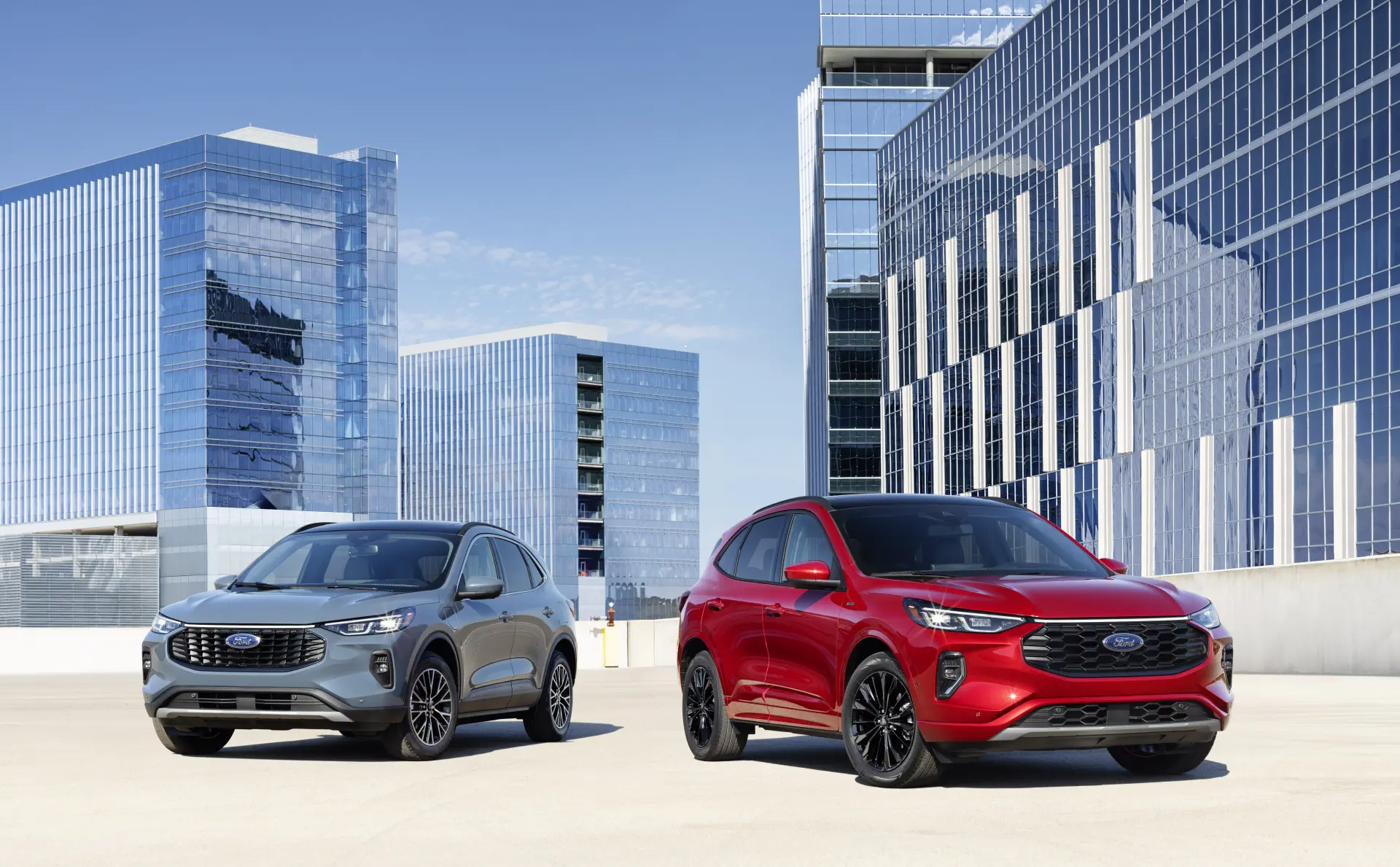-
Posts
56,009 -
Joined
-
Last visited
-
Days Won
550
Content Type
Forums
Articles
Garage
Gallery
Events
Store
Collections
Everything posted by Drew Dowdell
-

2023 Ford Escape Plug-In Hybrid_Vapor Blue_Ford Escape ST-Line Elite_Rapid Red_01.webp
Drew Dowdell posted a gallery image in Gallery
From the album: 2023 Ford Escape
-
From the album: 2023 Ford Escape
-
From the album: 2023 Ford Escape
-
From the album: 2023 Ford Escape
-
From the album: 2023 Ford Escape
-
From the album: 2023 Ford Escape
-
From the album: 2023 Ford Escape
-
From the album: 2023 Ford Escape
-
From the album: 2023 Ford Escape
-
From the album: 2023 Ford Escape
-
From the album: 2023 Ford Escape
-
From the album: 2023 Ford Escape
-
From the album: 2023 Ford Escape
-
From the album: 2023 Ford Escape
-
From the album: 2023 Ford Escape
-
From the album: 2023 Ford Escape
-
From the album: 2023 Ford Escape
-
From the album: 2023 Ford Escape
-
From the album: 2023 Ford Escape
-
From the album: 2023 Ford Escape
-
From the album: 2023 Ford Escape
-
From the album: 2023 Ford Escape
-
From the album: 2023 Ford Escape
-
From the album: 2023 Ford Escape
-
Today, Ford unveiled the refreshed 2023 Ford Escape. The ’23 Escape offered evolutionary styling over the outgoing model and several safety and technology evolutions as well. Added to the lineup this year is a new ST-Line model, an appearance package that makes the standard Escape look sportier. Offered in base ST-Line, ST-Line Select, and ST-Line Elite, the ST-Line packages use the same 1.5-liter Ecoboost, 2.0-liter Ecoboost, and 2.5-liter hybrid engines found in the rest of the Escape lineup. Visually, the ST-line gets a black mesh grill, monochrome moldings, and a large single-wing rear spoiler. The ST-line Elite has an available “coast to coast” LED light bar that spans the distance between the headlights for a distinct look. Inside, the ST-Line comes solely in an ebony interior with red stitching on the doors, seats, armrest, and steering wheel. The other trim names have changed for 2023 as well. Gone are S, SE, SEL, and Titanium, respectively replaced by Base, Active, and Platinum. Base model Escapes come with an ebony interior, while higher trim customers can select ebony or space gray. The infotainment system has been upgraded with a 13.2-inch screen that has Alexa and cloud connectivity built in. The infotainment system is capable of over-the-air updates at times the customer schedules. Powertrains carry over largely unchanged from the previous model. The base engine is the 1.5-liter 3-cylinder Ecoboost producing 180 horsepower. The 2.0-liter Ecoboost producing 250 horsepower also remains. Both engines are paired with an 8-speed automatic transmission. The Ford Escape was the first hybrid crossover, and it keeps its hybrid options with a 2.5-liter standard hybrid and a plug-in version with a larger battery capacity. In front-wheel drive configuration, the hybrid is expected to produce a combined 210 horsepower. All engine options can be had in front-wheel or all-wheel drive. Ford touts that no matter which powertrain a customer selects, they can enjoy over 400 miles of driving range, with the plug-in hybrid version stretching to nearly 550-miles. The Escape Plug-In Hybrid model features four EV modes that allow drivers to select the settings most suitable for their individual needs. In Auto EV mode, the vehicle decides whether to run on gas or electric power In EV Now mode, drivers can operate on all-electric driving In EV Later mode, drivers can switch to full gas-powered driving to conserve electric miles for later In EV Charge mode, drivers can continue to charge the battery while driving and generate electric-only miles to use later Ford Co-Pilot360 has been enhanced with a 360-degree camera system, Intersection Assist 2.0 to help avoid collisions with pedestrians during turning, an enhanced blind spot assist that will nudge the steering wheel in the event of an obstacle in the way. Additional available new technologies include Intelligent Adaptive Cruise Control with Stop-and-Go, Predictive Speed Assist, Rear Cross Traffic Braking, Reverse Brake Assist, Evasive Steering Assist and Connected Built-In Navigation. The 2023 Ford Escape is built in Louisville, KY and will go on sale in early 2023.



























